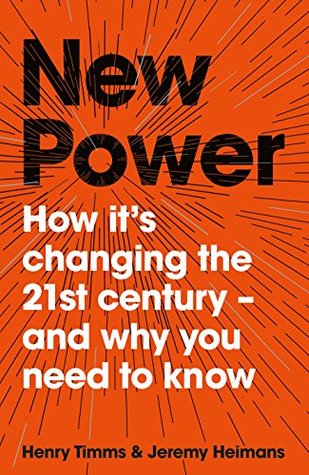More on this book
Community
Kindle Notes & Highlights
Read between
March 30 - April 16, 2019
process. Yet the rise of new power is shifting people’s norms and beliefs about how the world should work and where they should fit in. The more we engage with new power models, the more these norms are shifting. Indeed, what is emerging—most visibly among people under thirty (now more than half the world’s population)—is a new expectation: an inalienable right to participate.
What is common among all these things is that we are seeing the barriers to participation lowered and a heightened focus on improving and streamlining user experiences. In a world awash with competing opportunities in which to take part, achieving “frictionlessness”—removing the barriers to action and engagement—has become the necessary art of anyone trying to build a crowd.
The single most important factor behind the early success of GetUp was how easy it was for people (frantic, information-overloaded, but well-intentioned twenty-first-century people) to participate. No member dues, no pledges of allegiance to a platform, no immediate requirement to take to the streets. Rather, GetUp asked people, on joining, to sign a single online petition on just one issue they cared about.
And it’s a great example of how to build a crowd in a new power way—and central to it was using an existing behavior (the missed call, which everyone was already doing) and by making the barrier to participation low. Taking part was truly frictionless.
Today’s most cutting-edge activists understand both how to create frictionless entry points and move people up the participation scale.


